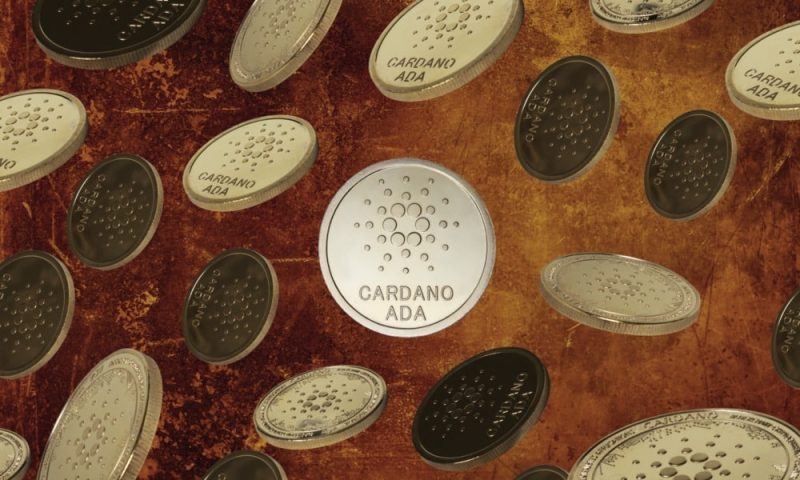[ad_1]
Metis is establishing a 20% Mining Rewards Charge (MRR) for the primary yr, as a technique to incentivize participation in sequencer mining.
Metis, an Ethereum Layer-2 (L2) rollup platform, has introduced the completion of Part 1 of its Decentralized Sequencer improve and is now transferring ahead with Part 2. This second section encompasses sequencer mining, transaction swimming pools, and a number of transactions inside a block.
In accordance with the alternate’s blog post, the launch makes Metis not simply the primary roll-up platform to realize decentralized sequencing but in addition introduces new options like sequencer mining and liquid staking.
Metis Sequencer Mining and Its Influence
Sequencers are essential for ordering and batching transactions earlier than submitting them to the Ethereum mainnet. The introduction of a number of sequencers and rotation is designed to forestall a single level of failure and improve community resilience.
Some of the noteworthy options launched in Part 2 is the sequencer mining which permits sequencer nodes to earn METIS tokens for processing transactions and producing blocks on the Metis community. These nodes are operated by numerous entities worldwide to take care of decentralization and equity.
A vital part of the brand new Sequencer Mining system is the position of Liquid Staking Suppliers (LSTs). These suppliers function nodes and permit customers to lock their tokens, receiving liquid staking tokens in return. Metis’ Neighborhood Ecosystem Governance (CEG) chosen Artemis Finance and Enki Protocol because the preliminary LST suppliers for the Alpha Part.
In Part 1, Metis launched a number of sequencer nodes and initiated sequencer rotation. This set the stage for a decentralized strategy to processing transactions on the community. Part 2, which was activated by a tough fork on block 16500000, introduced important enhancements.
Liquid Staking and Increasing DeFi Alternatives
The a number of transactions inside a block enable for quite a few transactions inside a single block and it’s an improve from the earlier strategy the place every block contained just one transaction. The transaction pool is just like mempool however non-public for sequencer nodes meant to facilitate the fastened affirmation time of two seconds, even throughout transaction spikes, guaranteeing a smoother expertise for customers.
One other important part of the brand new Sequencer Mining system is the position of Liquid Staking Suppliers (LSTs). These suppliers function nodes and permit customers to lock their property, receiving liquid staking tokens in return. Metis’ Neighborhood Ecosystem Governance (CEG) chosen Artemis Finance and Enki Protocol because the preliminary LST suppliers for the Alpha Part.
In the meantime, Metis is establishing a 20% Mining Rewards Charge (MRR) for the primary yr, as a technique to incentivize participation in sequencer mining. Moreover, the introduction of LST-focused merchandise resembling liquidity swimming pools, lending swimming pools, and collateralized debt positions (CDPs) supplies additional alternatives for METIS LST holders to interact with DeFi use instances on the platform.
To make sure correct decentralization and promote excessive participation charges, Metis has secured partnerships with key crypto establishments that may help the community’s development and improvement. These partnerships goal to bolster Metis’ imaginative and prescient of a strong decentralized sequencer system with broad group involvement.
[ad_2]
Source link




